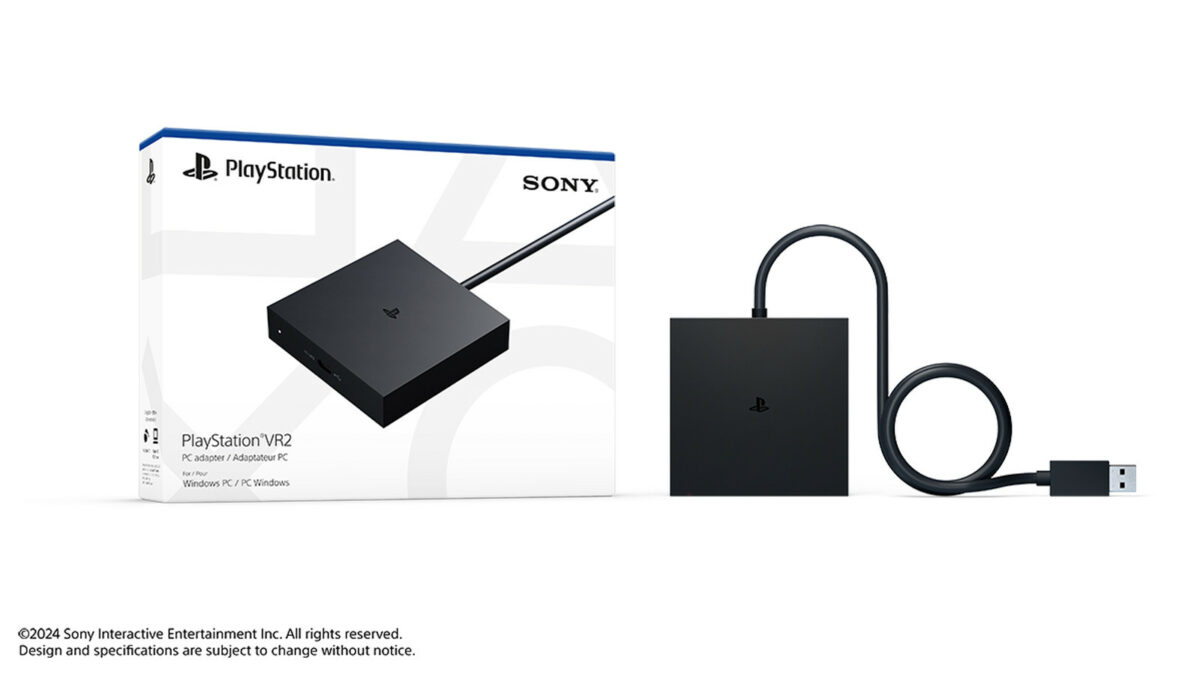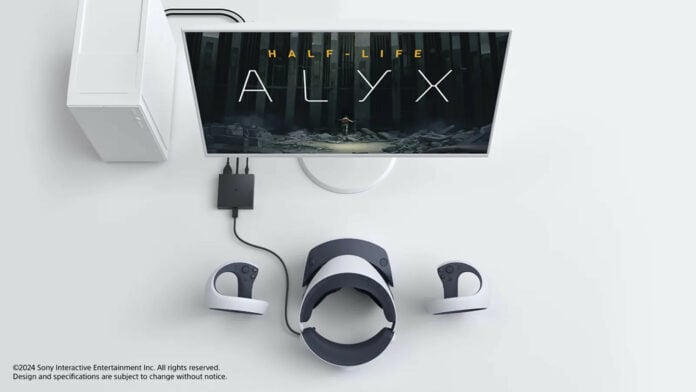PSVR 2 is ace for virtual reality gaming, but its selection of PlayStation 5 games pales in comparison to the vast libraries available via Steam and Meta. Now, over a year since the device’s launch, Sony is finally letting its high-end headset free from its console tethers with official PCVR support, made possible by a new adapter. However, compared to PS5, PC has fewer features available to it.
Even with potentially cheaper competition brewing in the form of Meta’s Quest 3S, there’s still plenty of room for PSVR 2 to serve as a multi-platform alternative to Quest 3. While you won’t need the best graphics card to drive the headset, you will need something suitably powerful to use it as there’s no way to run games natively on it. Thankfully, Sony has provided system requirements for PSVR 2 on PC.
| PSVR 2 system requirements | |
|---|---|
| Operating system | Windows 10 64-bit / Windows 11 |
| Processor | Intel Core i5-7600 / AMD Ryzen 3 3100 |
| RAM | 8GB |
| Graphics card | Nvidia GeForce GTX 1650 / AMD Radeon RX 5500 XT |
| DisplayPort | DisplayPort 1.4 |
| USB | Direct connection only |
| Bluetooth | Bluetooth 4.0 or later |
On the PlayStation Blog, Sony sets the processor and graphics card floor for PSVR 2 on PC with now practically ancient and low-spec models, such as Intel Core i5-7600 and GeForce GTX 1650. However, the company recommends much newer components, namely GeForce RTX 3060 or Radeon RX 6600 XT for what it describes as “the best performance.” Naturally, the newer your card, and the more horsepower it packs, the better your experience will be.
As for how you connect PSVR 2 to your PC, you’ll need to spend $59.99 (£49.99 / €59.99) on PlayStation VR2 PC adapter. It’ll be available August 7 from select retailers, as well as from PlayStation itself. This doesn’t include a DisplayPort cable, mind, so be sure to add that to the cost or dig one out from your drawers.

Frustratingly, some of PSVR 2’s best features aren’t available on PC. HDR, headset feedback, eye tracking, adaptive triggers, and haptic feedback are all missing. There’s no word on whether Sony plans to restore these functions in the future, but their absence significantly impacts the value of the goggles for Windows users.
While it’s exciting to see Sony continue to support its PC ecosystem, this isn’t exactly the splendid arrival we envisioned. Still, in action, the PSVR 2 could turn out to be better than the sum of its parts.

